Java Reference
In-Depth Information
10.6.2
Design
Class
Controller
represents the remote controller that interacts with the
robot system (see Figure 10.15). It implements the
run()
method of the
Runnable
interface according to the Move
2
Sense
2
Update
2
Plan explor-
ation cycle. After each robot movement, the controller requests the laser to
acquire new distance measures, updates the internal representation of the
environment and plans the next move.
The controller communicates with the robot using the pipe mechanisms of
the Java language (see Sidebar 10.2). It supports asynchronous direct and
symmetric communication between two independent threads. Accordingly,
the implementation of method
writeOut()
of class
Device
needs to be modified.
We introduce class
OccupancyMap
to manage the internal representation
of the robot's environment. The controller requests the robot to scan the
environment and updates the map with the laser measurements. This class
can be easily extended to elaborate sensor measurements acquired from
sonar devices or other sensors and to support the exploration strategies of
the controller, giving indications about the unexplored areas.
10.6.3
Implementation
Class
OccupancyMap
records the matrix of cells that correspond to square
areas of the environment. The width and height of each area are equal to 10
centimetres.
package
moro;
import
java.awt.*;
import
javax.swing.*;
public class
OccupancyMap
extends
JPanel {
int
cellDim
#
10; // the cell dimension in centimetre
int
width
#
510; // the map width (number of cells)
int
height
#
460; // the map height (number of cells)
Controller
Robot
OccupancyMap
PipeInputStream
PipeOutputStream
Figure 10.15
The class diagram representing the interaction between the controller and the robot





